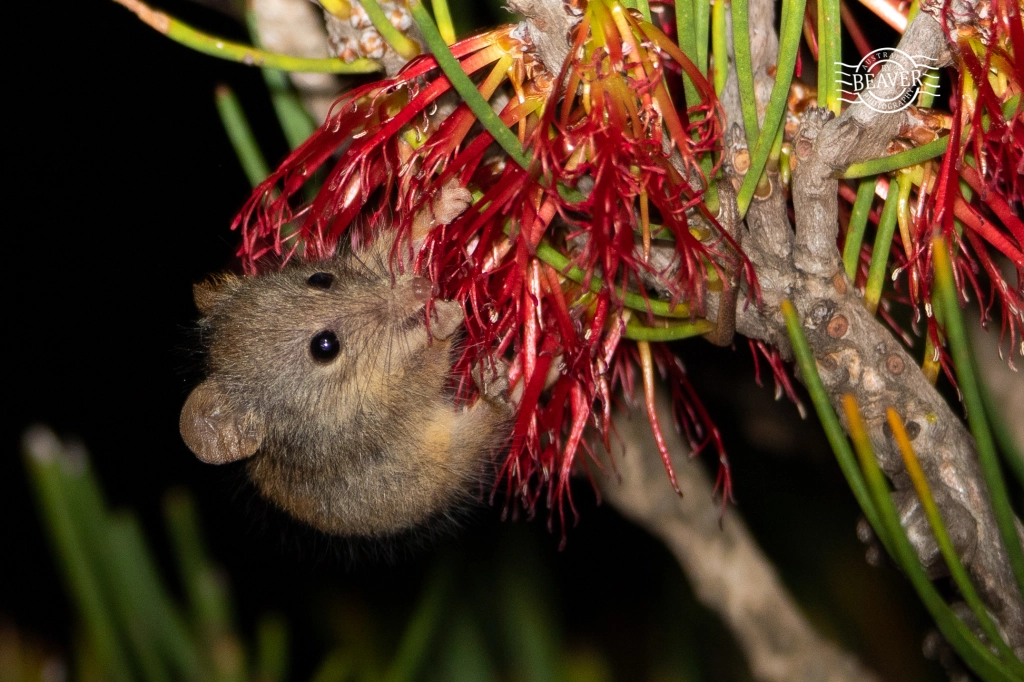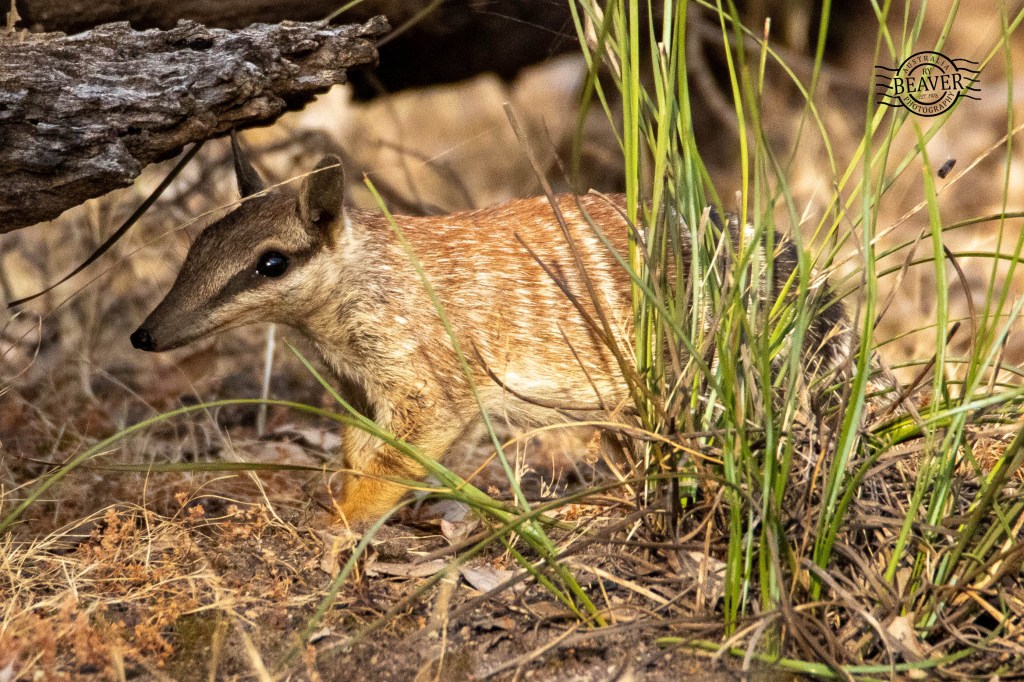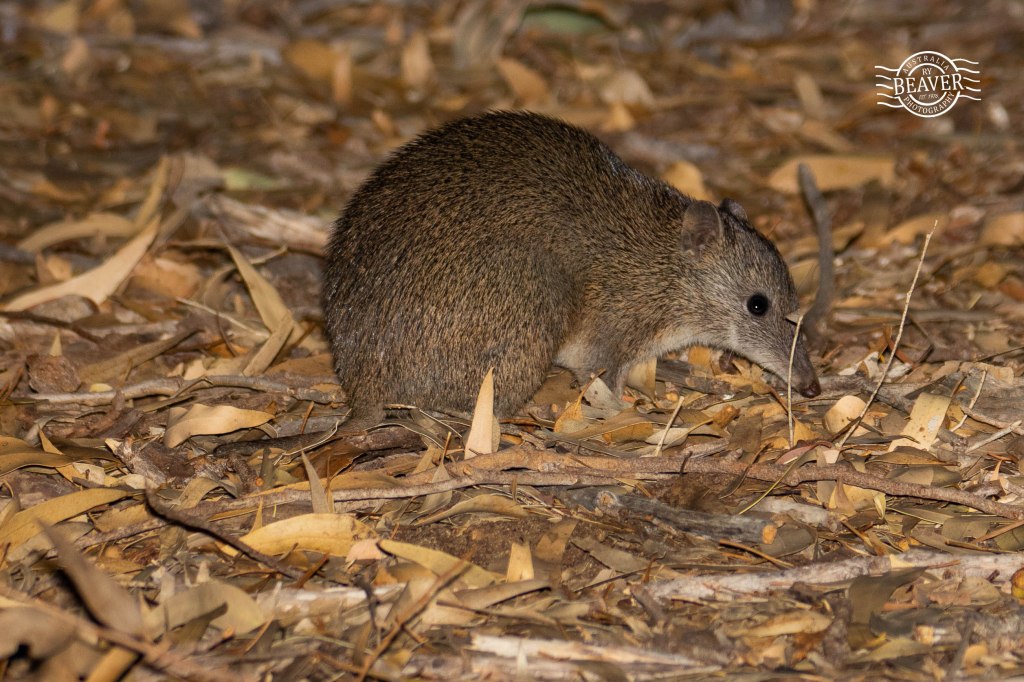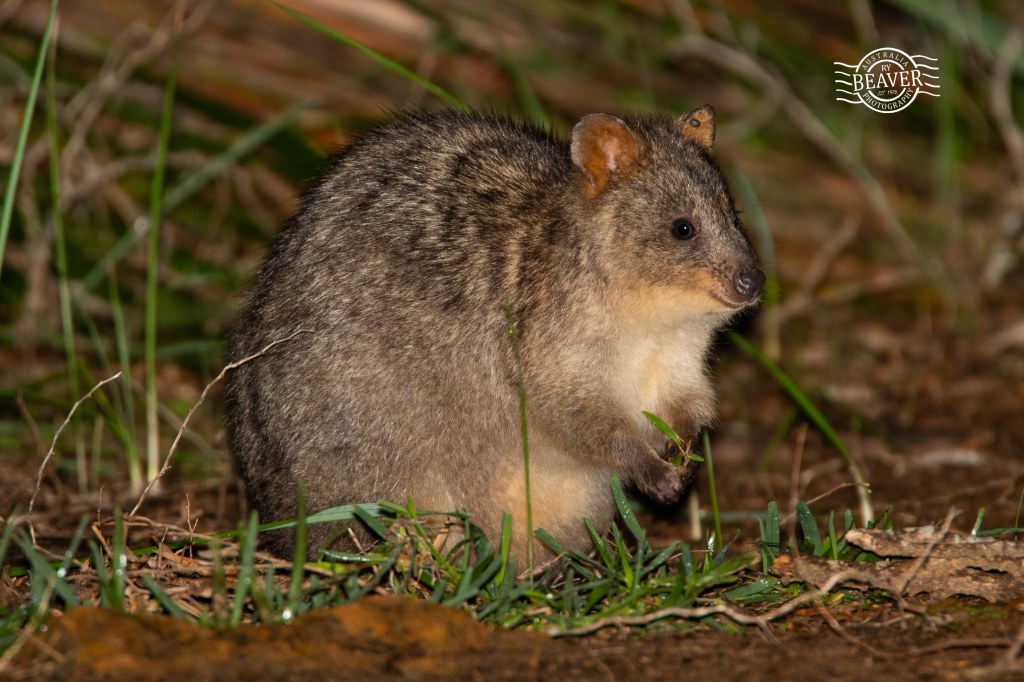This is a long delayed post over 2 years after the event (May 2021)!
As part of a collaboration with YouTuber Look Closer we planned a trip to Cheynes Beach – a well known spot for Noolbenger (Honey possum – Tarsipes rostratus).
I have wanted to see Honey possums for a very long time and as a result I have been researching extensively. Some of my background research included a number of reports from Cheynes include the excellent blog Quolling Around, information from Rohan Clark (see item 11) and also Tim Dolby’s blog. I previously visited Cheynes hoping for mammals many years before but didn’t have a thermal camera then. It’s well known for Honey possum but primarily a target for birders hunting for the Noisy scrub-bird and Western Whipbird.
We headed down for 2 nights staying at Cheynes Beach Caravan Park. We were going to camp but when the weather forecast showed rain we transferred to a cabin.
The trip down to Cheynes is just over 5 hours from Perth – head almost to Albany then veer East! We did spot a giant Ghost fungus by day – Look Closer has a great video on them.
Cheynes beach habitat is coastal heathland which is very dense and fairly close to the ground. It is also floristically rich with many flowering species which forms the food source for Honey possum.
Honey possum feed exclusively on flower nectar and pollen. I have read that if you had their diet on a human scale it would be like having 50L of soft drink a day – a recipe for diabetes!

We got to the caravan park and had some dinner. The weather was quite windy and wet but we were keen to get out looking.
We headed out and fairly quickly found small hotspots in the thermal camera. After a trek into the scrub we found a few sleeping Honeyeaters, but as we approached they woke and flew off.

We kept travelling around on the roads and tracks and came across some kangaroos in the scrub.

We then headed back to the caravan park entry and just across the gravel road we caught our first glimpse of a Noolbenger in the thermal! It is just visible in the image below – in the middle of the image as the pinkish blob.

It was quite some distance away but intent feeding on a Calothamnus (one-sided bottlebrush). It was identifiable by its small size and unmistakable stripes on its back.

It kept feeding which allowed some better images. You can see its tongue in amongst the flower. I was suprised just how small they were and how quickly they moved! It was difficult to track in the telephoto lens of the camera.




After a little time observing it headed quickly to the ground and we lost track of it.
We headed towards some stands of Scarlet banksia (Banksia coccinea) which we had seen earlier in the day, as this is another favourite food source. A number of Honey possums were spotted on the flower heads via the thermal but quickly dropped to the ground when we approached. We were not able to get any images amongst the Banksia. It was amazing how quickly they could descend from a 2m+ flower head, wind their way past spiky leaves into the thick undergrowth and be lost.

The night was getting wetter and we were not able to find anything else. I was so excited to have got some successful images but also felt sad that Look Closer had not been able to get any video footage – we would have to wait for the next evening to try again.
The next morning we explored the heathland by day – taking note of obvious areas with lots of flowering species.




Along the sandy track through the heath we came across an amazing male Red-headed mouse spider (Missulena occatoria) making its way across the road – presumbly looking for a mate.


We then headed to Two Peoples Bay for a further explore and to also look for mainland Quokka – see this link for the post. After that trip we headed back to Cheynes keen to try again for Honey possum.
Just near the turnoff from the main road into the caravan park we spotted a Honey possum in a bush. We focused on video as we hadn’t been so successful the night before but I was also keen to get some closer photos and this one was focused on feeding on the one-sided bottlebrush (Calothamnus). Look closer also got great extended footage. The dextorous hands and tongue could be clearly seen while it fed on multiple flowers throughout the bush. Even while having a torch and thermal it was easy to lose sight of the animal as it moves so quickly throughout the bush.




Below are the two bushes by day – they dont look like much but must have had lots of nectar for extended feeding.


After quite some time the possum descended to the ground and was lost from sight and we were so pleased with the experience. Heading back we found a Motorbike frog on the road and a giant beetle flew into me!


It had been a successful evening and we were both pleased with our photos and video footage. We headed home the next day. See below for a compilation of my thermal footage.
For a much more professional video please watch the Look Closer episode of this trip





Leave a comment